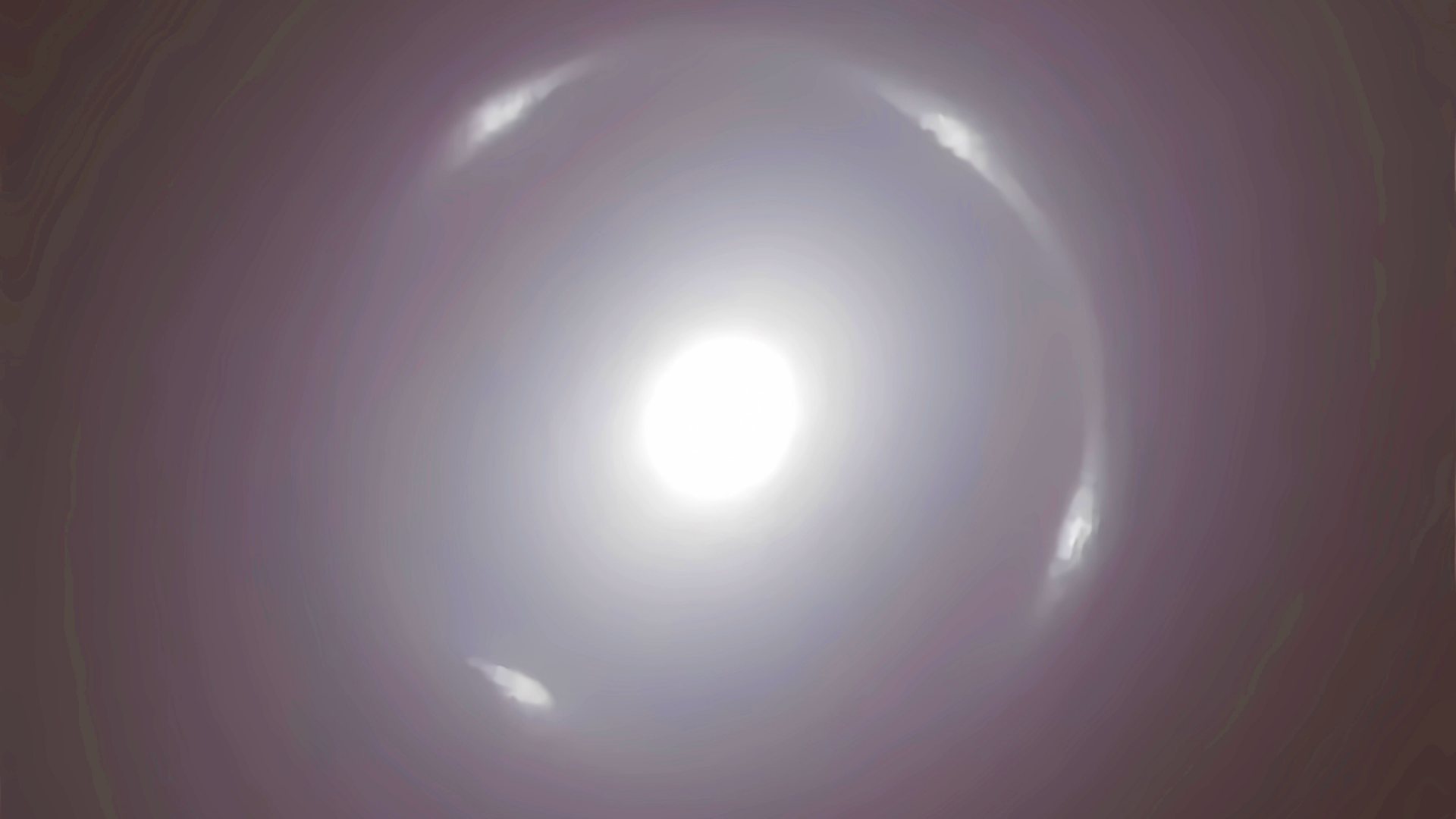Astronomers from the European Space Agency (ESA) have just captured a rare cosmic sight! Using the Euclid telescope, they managed to observe a phenomenon known as the “Einstein Ring” with unprecedented clarity. What’s even more exciting is that this discovery happened purely by chance while they were conducting initial tests on the telescope.
What is an Einstein Ring?
An Einstein Ring is a unique visual effect that occurs when light from a distant galaxy passes through another galaxy in the foreground before reaching observers on Earth. Because the foreground galaxy has an incredibly strong gravitational pull, it acts like a giant lens that bends the light from the background galaxy. As a result, the light, which would normally travel in a straight line, curves around the foreground galaxy and forms a bright ring-like shape.
This phenomenon was first predicted by Albert Einstein through his general theory of relativity in the early 20th century. His theory explains that massive objects, like galaxies, can warp the space-time around them, which in turn bends the light traveling through that space. This effect creates the stunning visual known as an Einstein Ring.
Euclid’s Remarkable Discovery
During its first test observations, Euclid captured an image of the galaxy NGC 6505, located about 590 million light-years from Earth. But the real surprise came when the telescope revealed a bright ring of light surrounding the galaxy. This light actually comes from another galaxy positioned far behind it—about 4.42 billion light-years away!
“As soon as I looked at Euclid’s data, I knew there was something special,” said Bruno Altieri, Euclid Archive Scientist. “After further observations, we were able to see a perfect Einstein Ring.”
Why is This Discovery Important?
This finding is a big deal for studying dark matter and dark energy, two of the biggest mysteries in astronomy. By analyzing phenomena like Einstein Rings, scientists can better understand how the universe evolves and what makes up most of its mass.
“What makes this even more exciting is that NGC 6505 has been known since 1884, yet this ring was never observed before! This shows just how powerful Euclid is—it’s revealing new things even in places we thought we already knew well,” said Valeria Pettorino, ESA Euclid Project Scientist.
Euclid’s Mission to Unlock More Cosmic Secrets
Euclid is on a six-year mission to map billions of galaxies and uncover the hidden mysteries of the universe. With its impressive capabilities, the telescope is expected to discover many more Einstein Rings, revolutionizing our understanding of space.
“Euclid is going to change the game,” said Conor O’Riordan from the Max Planck Institute for Astrophysics. “We will have more Einstein Rings than we could ever possibly analyze, bringing a whole new set of challenges for astronomy.”
This discovery is yet another reminder of how vast and mysterious the universe is, and how much we still have to learn. Who knows what other surprises space exploration will bring next?
